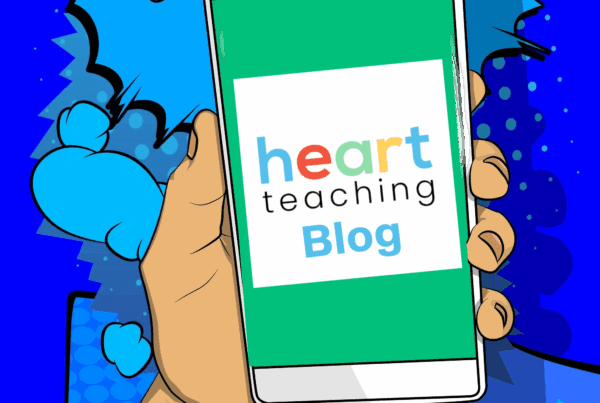 In the realm of education, we’ve come to understand that nurturing a well-rounded individual goes beyond textbooks and standardized tests. The integration of arts and creativity across the school curriculum is a powerful way to cultivate innovation, critical thinking, and a deep appreciation for the world around us. In this blog, we explore the importance of incorporating arts and creativity across the UK school curriculum and how it enriches the learning experience for students of all ages.
In the realm of education, we’ve come to understand that nurturing a well-rounded individual goes beyond textbooks and standardized tests. The integration of arts and creativity across the school curriculum is a powerful way to cultivate innovation, critical thinking, and a deep appreciation for the world around us. In this blog, we explore the importance of incorporating arts and creativity across the UK school curriculum and how it enriches the learning experience for students of all ages.
The Benefits of Arts Education
- Fostering Creativity and Imagination
Arts education encourages students to think outside the box, to explore new ideas, and to develop their imaginations. Whether it’s through painting, music, drama, or dance, students are given the opportunity to express themselves in unique and personal ways, building the foundation for creativity that will serve them well throughout their lives.
- Enhancing Critical Thinking and Problem-Solving
Integrating the arts into the curriculum challenges students to analyse and interpret the world around them from various perspectives. Through art, they learn to observe, question, and make connections, honing their critical thinking and problem-solving skills.
- Boosting Confidence and Self-Esteem
Participating in creative activities allows students to take risks and make choices, helping them build confidence in their abilities. The sense of accomplishment that comes with completing an art project or performing on stage can greatly boost self-esteem.
- Promoting Cultural Understanding
Art provides a window into different cultures and historical periods. By studying various forms of art, students can gain a deeper understanding of the world’s diversity, history, and heritage, promoting tolerance and empathy.
- Supporting Holistic Development
Arts education is not just about academic development; it’s also about emotional and social growth. Engaging in creative activities fosters teamwork, communication, and emotional intelligence, which are essential life skills.
Incorporating Arts Across the Curriculum
- Interdisciplinary Learning
One way to incorporate arts and creativity is through interdisciplinary learning. For instance, history lessons could include art projects that recreate historical artifacts, allowing students to understand the past through a creative lens.
- STEAM Education
STEAM (Science, Technology, Engineering, Arts, and Mathematics) education promotes a holistic approach to learning. By integrating arts into STEM subjects, students can see the connections between different disciplines and develop a more comprehensive understanding of complex concepts.
- Arts-Based Assessments
Instead of relying solely on traditional written exams, schools can consider arts-based assessments. For example, asking students to create a piece of art or write a song that reflects their understanding of a topic can provide valuable insights into their learning.
- Creative Extracurricular Activities
Extracurricular activities like drama clubs, art clubs, and music ensembles provide students with a platform to explore their artistic passions outside the classroom. These activities can also foster a sense of community and belonging among students.
- Professional Artists in Residence
Bringing professional artists into schools can expose students to real-world creative processes and career opportunities in the arts. These artists can serve as mentors, offering valuable insights and guidance.
Challenges and Solutions
While incorporating arts and creativity into the curriculum is crucial, there are challenges schools may face, such as budget constraints and time limitations. However, creative solutions, such as seeking external funding or integrating art projects into existing subjects, can help overcome these obstacles.
Conclusion
Incorporating arts and creativity across the UK school curriculum is not just about producing the next generation of artists; it’s about nurturing well-rounded individuals who can think critically, solve problems, and appreciate the beauty and diversity of the world. By embracing creativity, we empower our students to excel academically and thrive in all aspects of their lives. As educators, parents, and communities, let’s continue to champion the importance of arts education and provide opportunities for our students to unleash their creative potential.





